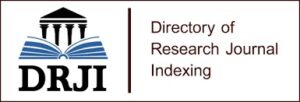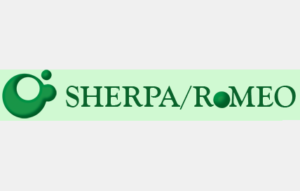The Human-Nature (Dis)Harmony in Yann Martel’s Life of Pi and Linus Asong’s The Crabs of Bangui
The accelerating degradation of the ecosystem presents a critical concern, threatening the survival of all its constituents, including humanity. In response, individuals from diverse spheres—writers among them—have taken up the challenge of addressing this environmental crisis. This article, therefore, delves into the ecological consciousness reflected in Yann Martel’s Life of Pi and Linus Asong’s The Crabs of Bangui. The study aims to explore the environmental dimensions embedded within both texts, guided by the central question: How do Martel and Asong portray humanity’s relationship with nature in their respective narratives? Employing Michael Cohen’s framework of Ecocriticism, the analysis rests on the premise that both authors advocate for environmental stewardship through varied stylistic techniques. By illustrating both the destructive and protective tendencies of humans toward nature, the paper reveals that—despite differences in temporal, spatial, and cultural contexts—Martel and Asong share converging ecological perspectives. Ultimately, this study contributes to the broader discourse on literary environmentalism by juxtaposing ecocritical insights from distinct global literary traditions, highlighting that while ecological challenges may be universal, their literary representations are shaped by unique cultural and environmental contexts.
Keywords: Environment, Endangerment, Protection, Awareness, Fiction, Ecocriticism




















